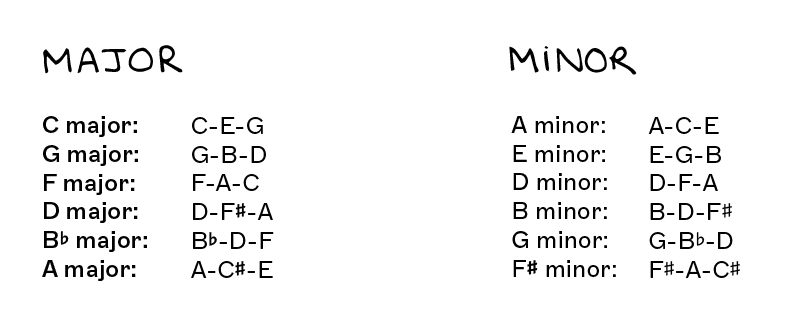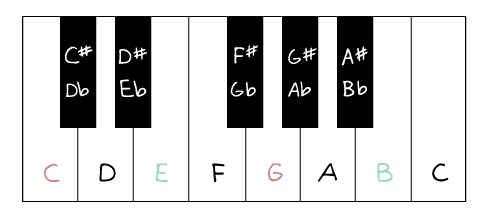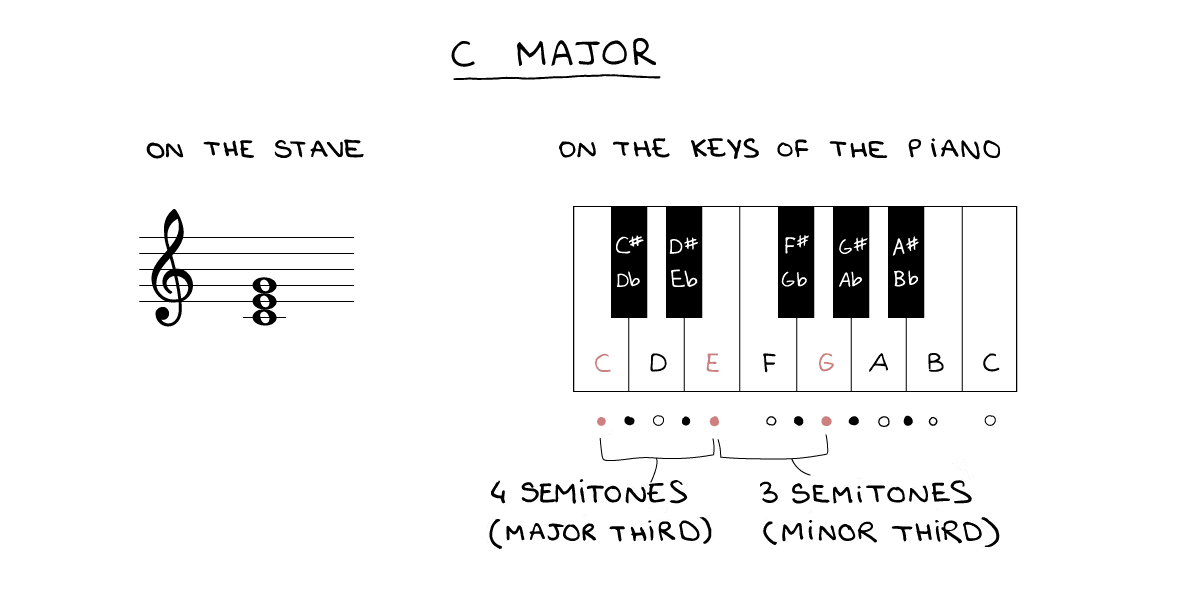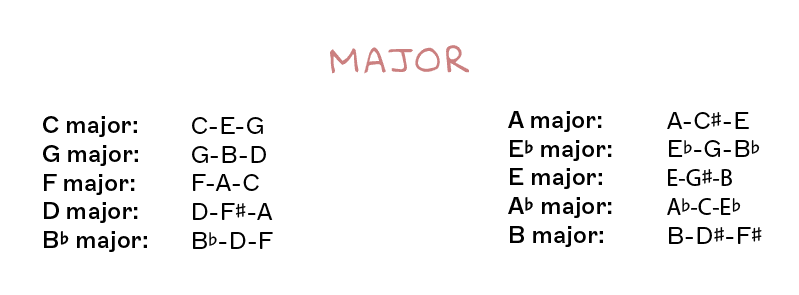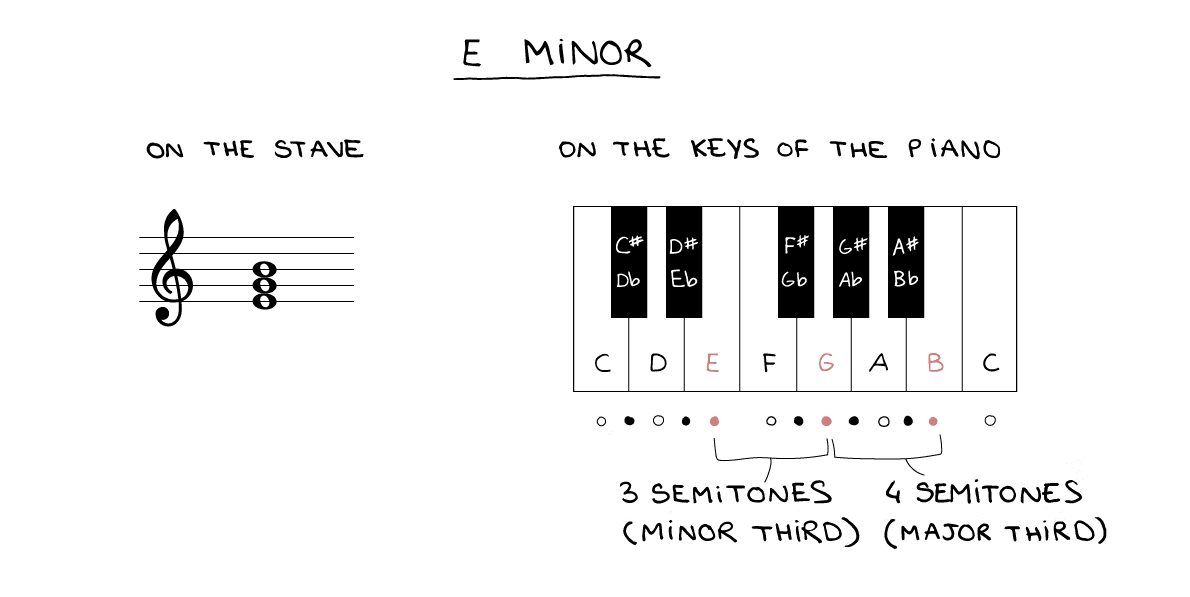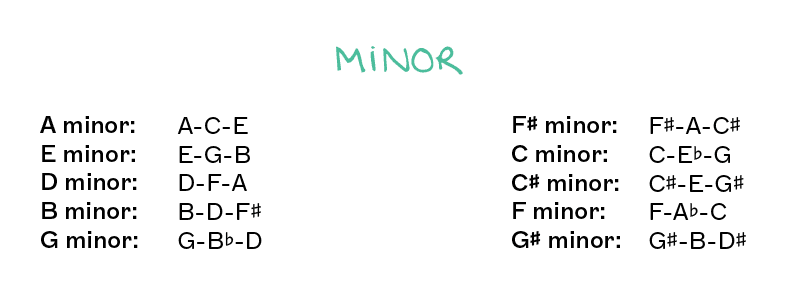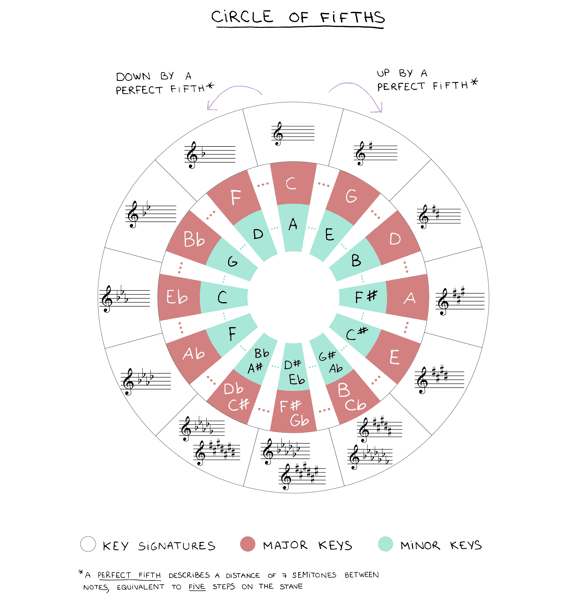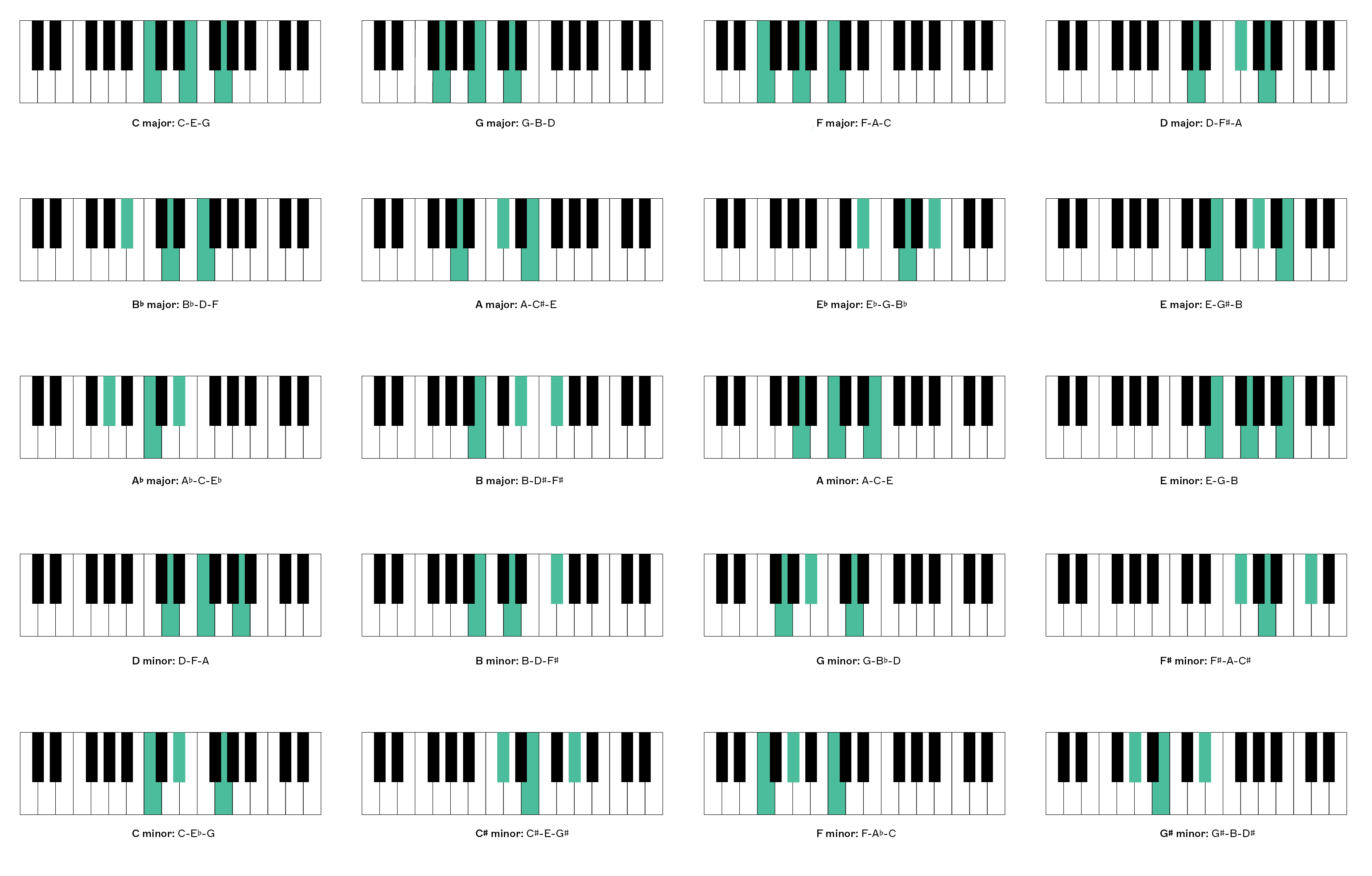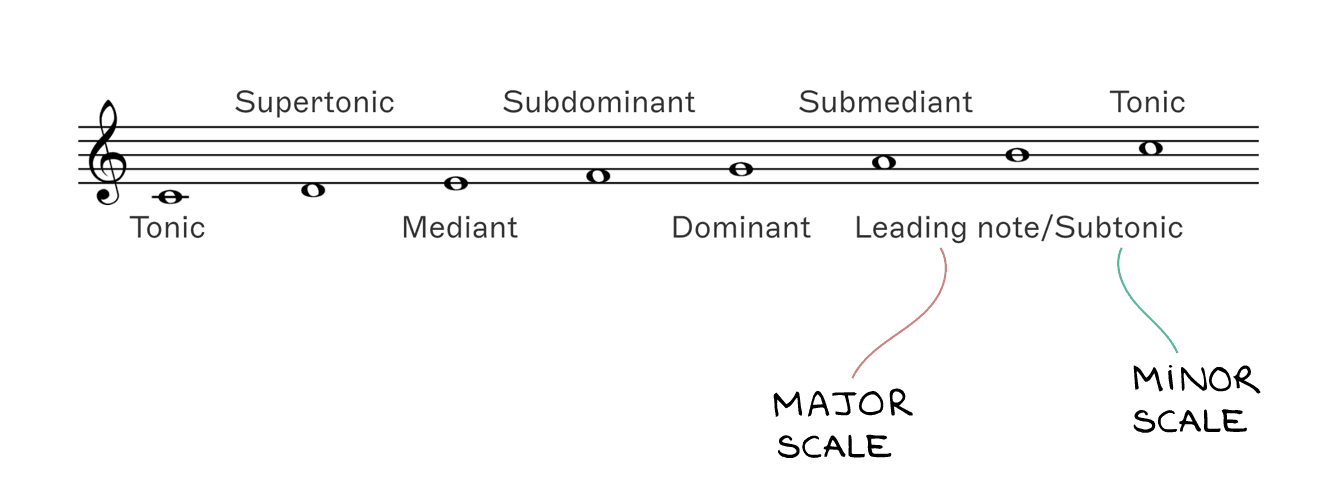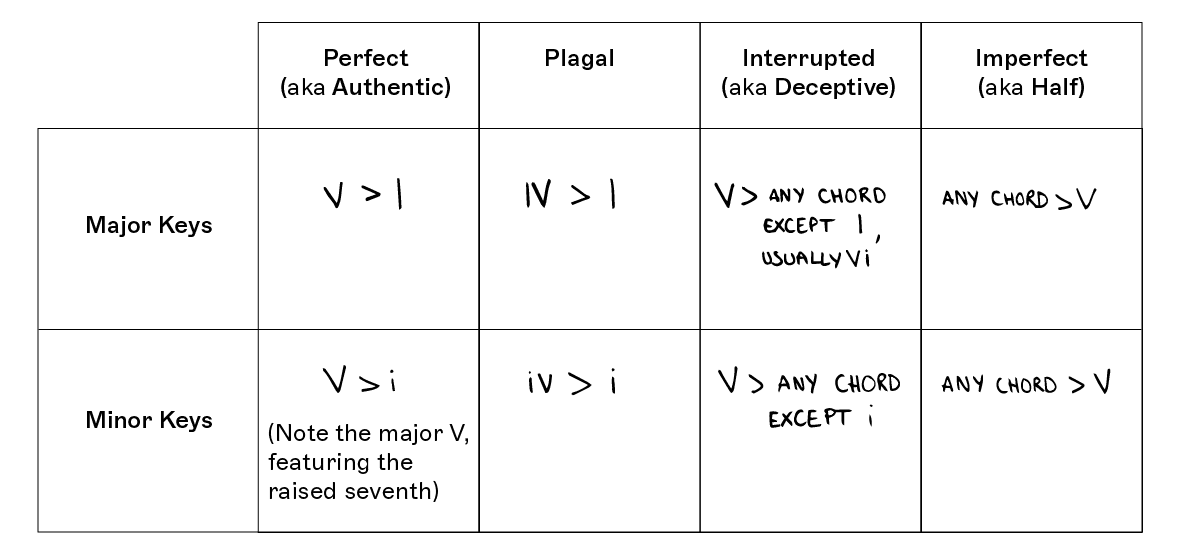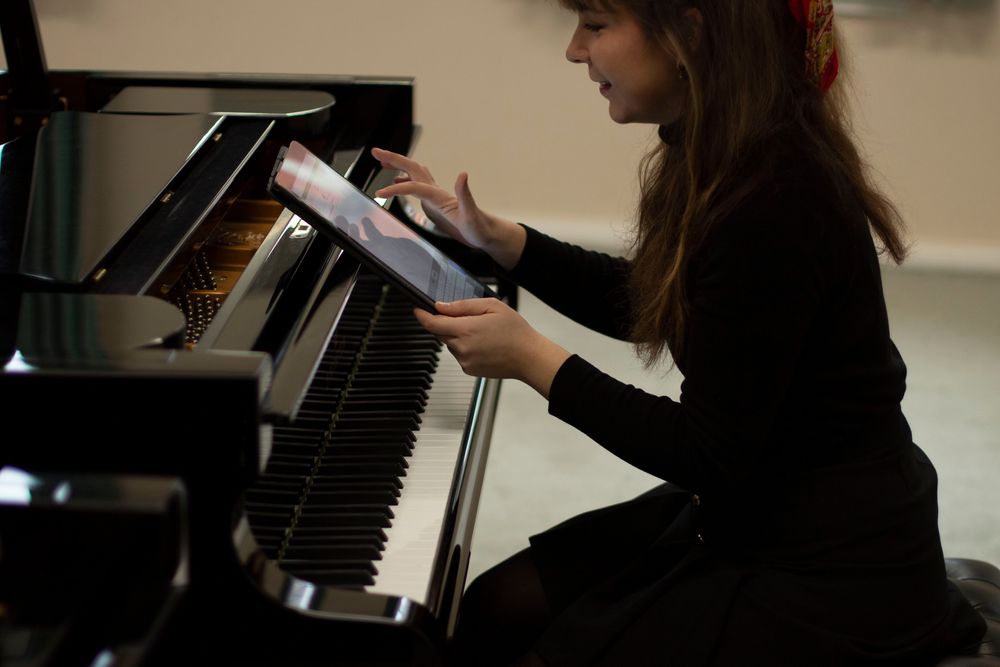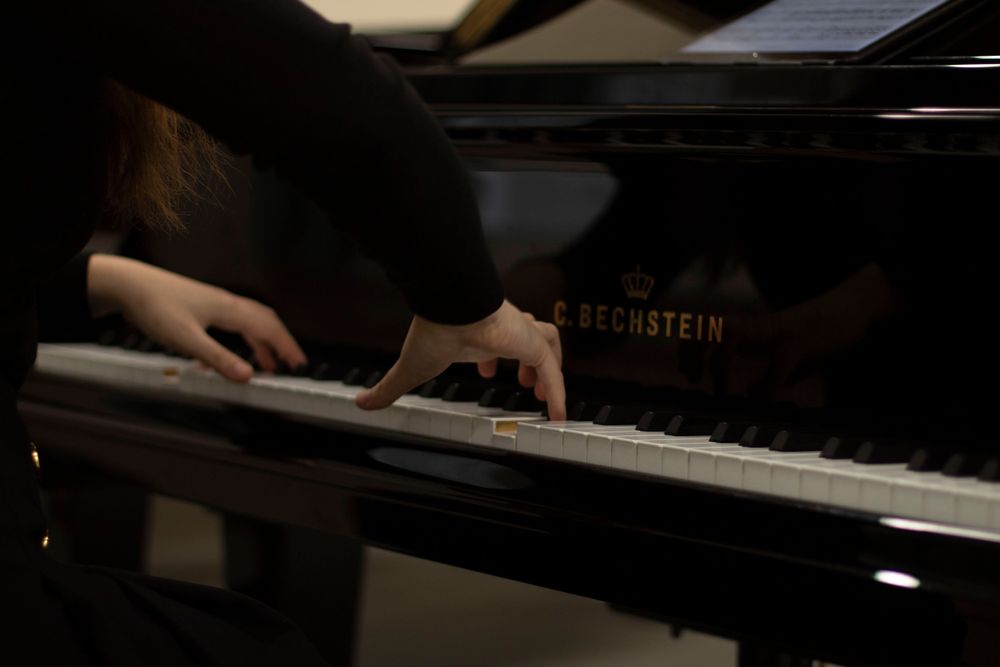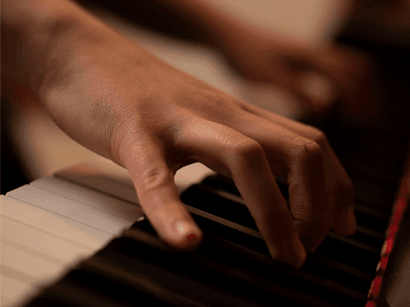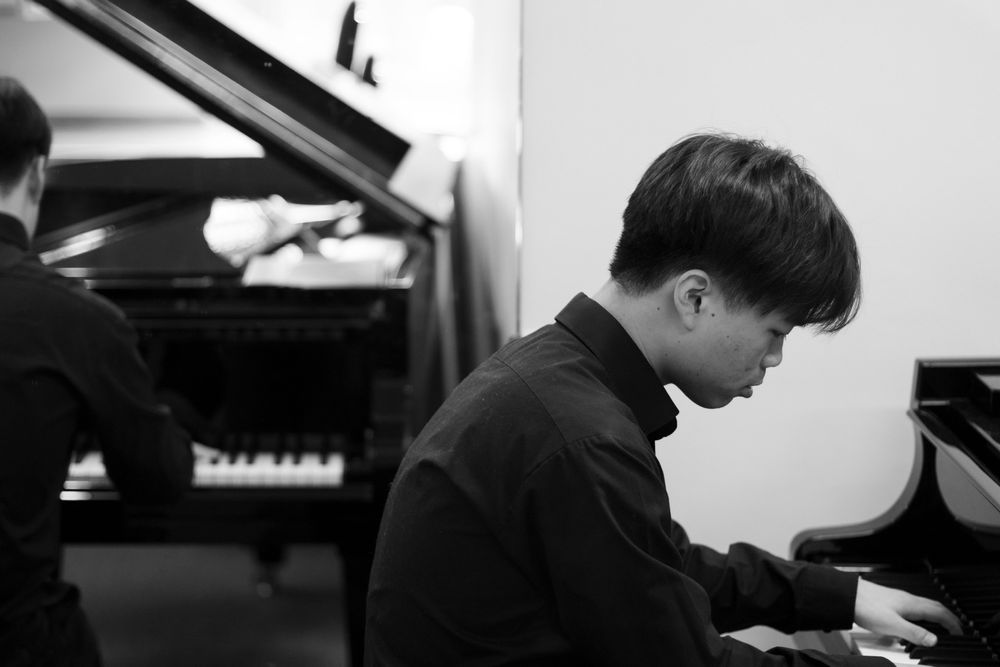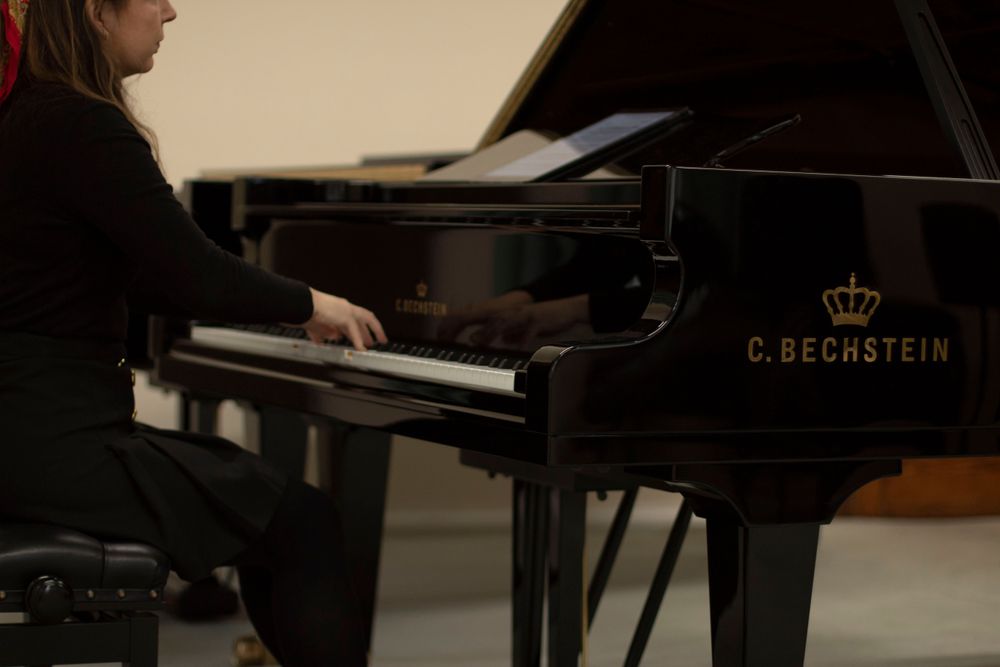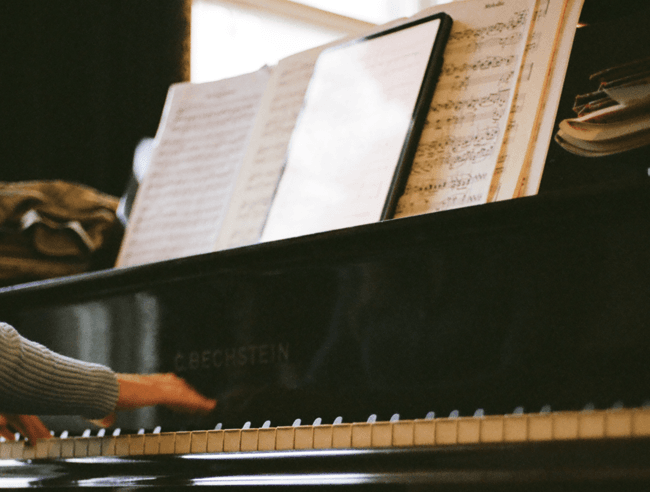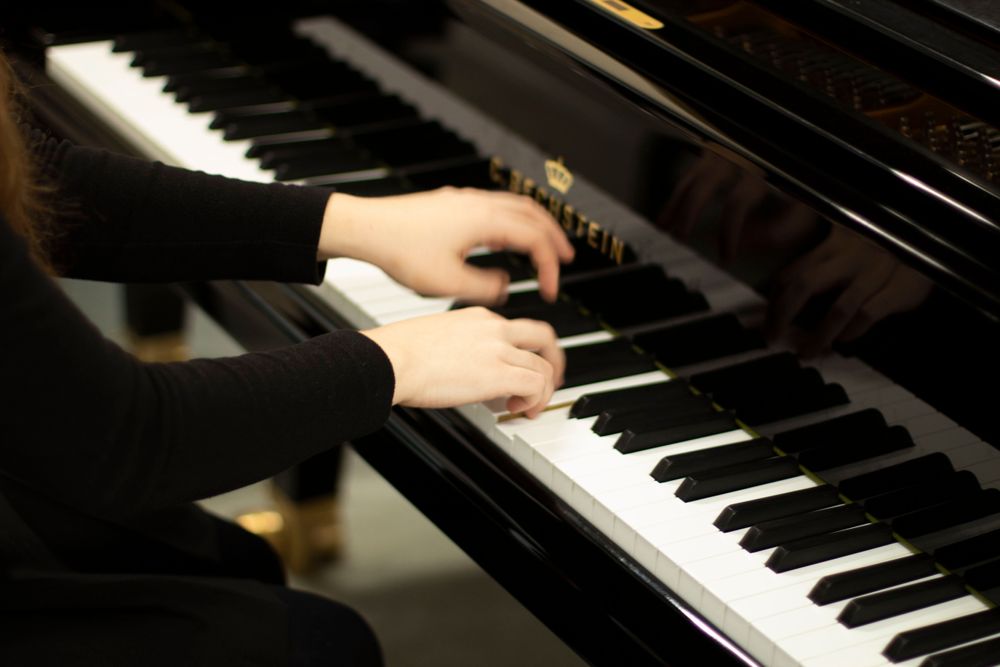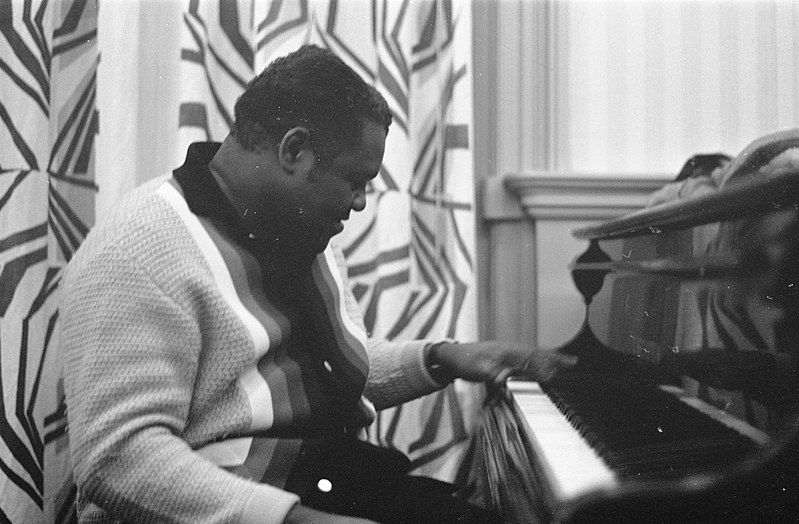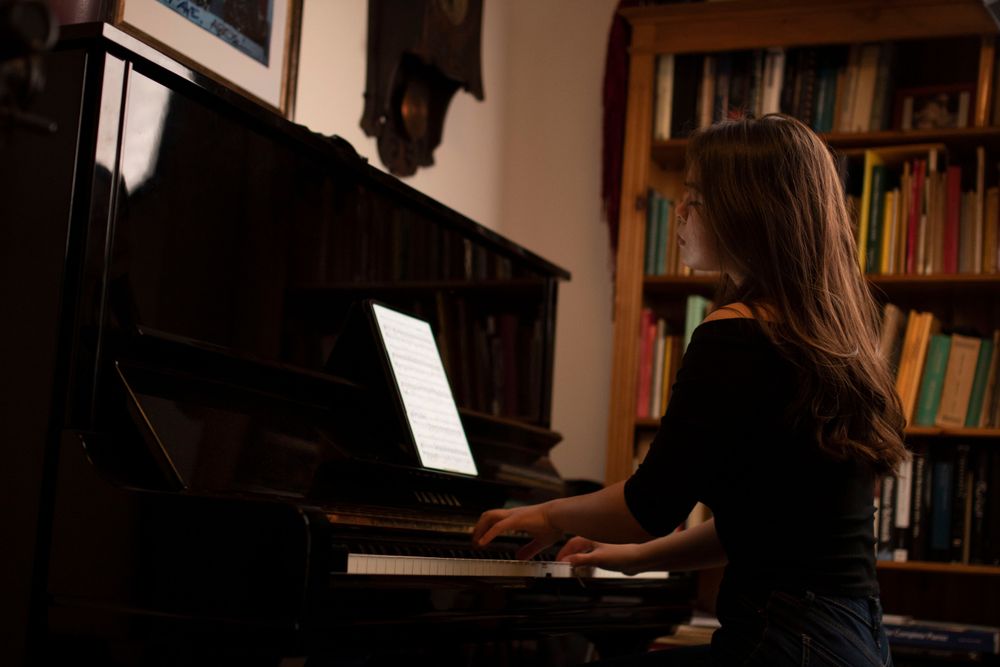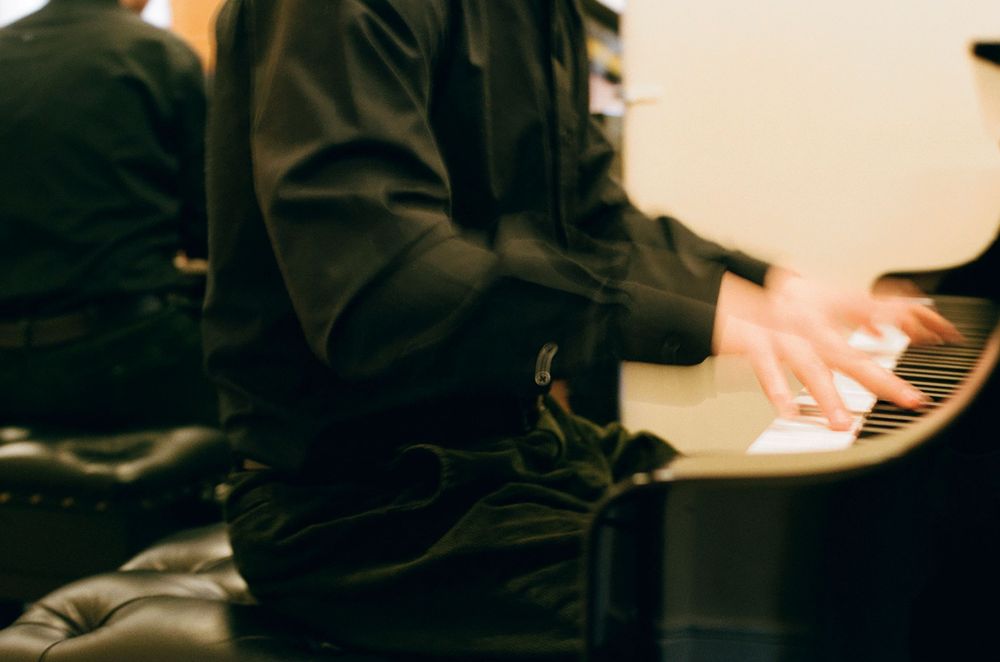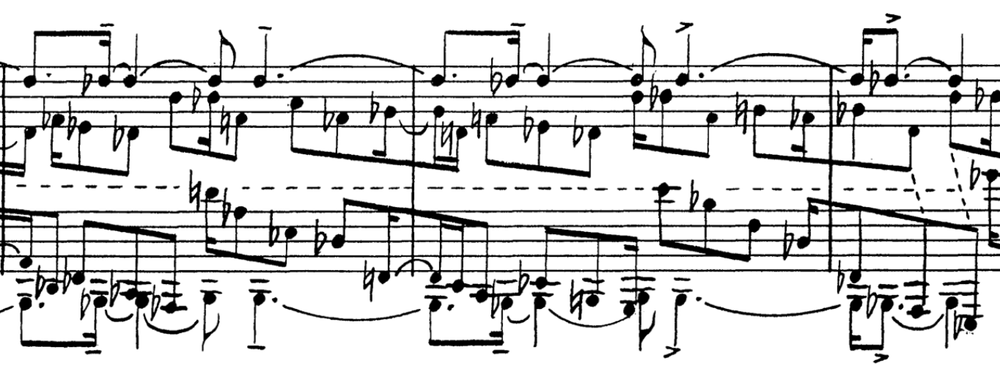It’s another beginner’s guide. A companion piece to the previous post on piano notes for beginners, the key difference being, as the title suggests, that here the focus is shifting from piano notes to piano chords.
We’ll come back to focus on the relationship between those two subject areas further down. For now, it’s best to consider piano chords - which are in effect simply groups of notes - to be a kind of subcategory of piano notes. Everything else that we touched on in that other piece - theory, practice, memorisation and so on - still applies.
We’re simply going to concentrate on that wonderful, adaptable building block that plays a key role in so much of the music that you love: chords (specifically those of the piano variety).
Caution: if there’s any musical jargon that confuses you below, it might be worth dipping into piano notes for beginners, how to read piano sheet music, or the music theory cheat sheet. These go into a bit more detail on the theory as well as the complex terminology it can involve.
